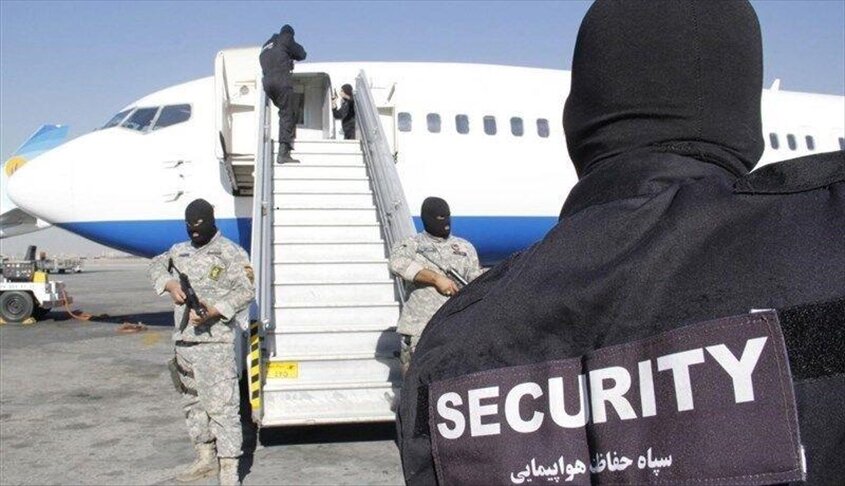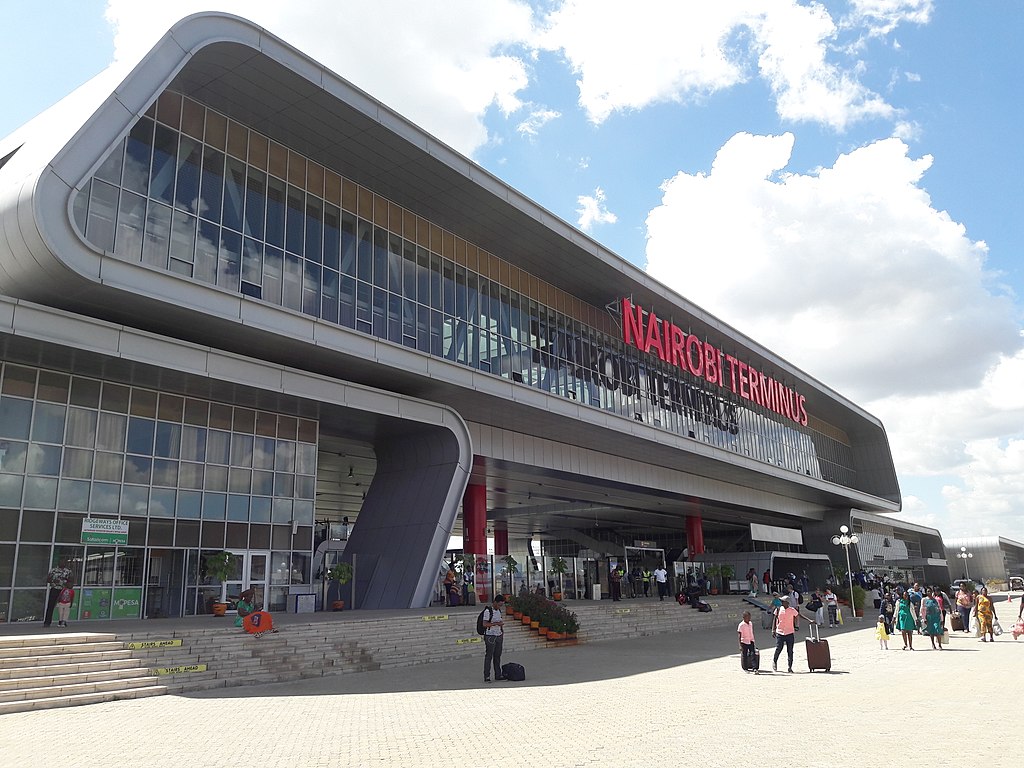
GEN. Li Shangfu head of the Central Military Commission’s Equipment Development Department (Li is second from the right).
“Since the 18th National Congress of the Communist Party of China (in 2012), the state of weapons and equipment technology has been improved and accelerated the speed of development as the entire military has consistently made the development of weapons and equipment a strategic priority, guided by the requirements of combat operations, and closely following trends in international military technology. At the same time, we must also realize that China faces significant gaps in many respects when compared with the requirements for safeguarding national security and development interests…”
Speaking in October at the People’s Liberation Army’s (PLA) annual all-service equipment conference, which sets priorities for military modernization, President Xi Jinping delivered a speech describing China’s major efforts to catch up with other military powers, particularly since 2012. In the accompanying excerpted article from the PLA’s official news outlet China Military Online, Xi describes China’s weapons development as having shifted from importation and imitation to indigenous development and greater self-reliance. While Xi acknowledges continuing gaps, the Chinese military has tried to improve management of weapons and equipment development programs. In 2016, China significantly restructured its top-level organizations guiding equipment development for the PLA, replacing the General Armaments Department with an Equipment Development Department (EDD) directly subordinate to the Central Military Commission (CMC), China’s top military body.
In a related development, the CMC and each of China’s Joint Theater Commands appear to have also established a Military Requirements Bureau under their Joint Staff departments. The bureaus are intended to help their respective organizations more quickly address changing requirements, whether related to training or necessary equipment. At the same time other organizations with oversight of long-term planning, particularly the Science and Technology Commission were also upgraded. Engagement with non-traditional parts of the defense industry and expanding cooperation with scientists and institutions outside of the industry have also been prioritized to improve the PLA’s access to cutting-edge research. Taken together, these efforts will enable the PLA to better coordinate efforts between services while also responding to technological change more swiftly.
The Chinese Communist Party (CCP) had set several important milestones for military modernization, many of which are looming. In the speech, Xi referred to the PLA’s centennial goal, which entails accelerating mechanization and integration of informationized and intelligent (smart) systems by 2027. There is no guarantee that China will meet these deadlines. For example, the goal of completing mechanization of the PLA by 2020 appears to have been revised. Even more ambitious milestones lie ahead: the CCP wants the PLA to achieve world-class status as a military by mid-century. Efforts set since 2012 to make the PLA a potent, modernized force, and to improve the underlying processes that drive modernization, are paying off.
Source:
“加快推进武器装备现代化——认真学习贯彻习主席在全军装备工作会议上重要指示(Accelerate the modernization of weapons and equipment——Conscientiously study and implement Chairman Xi’s important instructions at the military equipment work conference),” China Military Online (official news outlet for the People’s Liberation Army), 27 October 2021.
http://81.cn/jfjbmap/content/2021-10/27/content_301725.htm
OR
The PLA held an equipment work conference for all military services in Beijing. President Xi extended sincere greetings and important instructions to the delegates and all comrades working on the front lines of weapons and equipment and spoke highly of the leapfrog development and historic achievements of the Chinese military’s weapons and equipment development during the course of the “13th Five-Year Plan” (2016–2020), clarifying the fundamental, directional, and overall major issues of weaponry and equipment construction. This has important practical significance and far-reaching guiding significance for accelerating the implementation of the “14th Five-Year” plan (covering 2021-2025) and creating a new chapter in weaponry and equipment development.
Without adequate equipment, we cannot begin to discuss the art of war. Weapons and equipment are an important symbol of military modernization, an important foundation of the preparation for military struggle preparations, an important support for national security and national rejuvenation, and an important weight in international strategic competition. Only by possessing advanced weapons and equipment and truly improving our defensive capabilities can we offer a real deterrent. Building a People’s Army with advanced weapons and equipment is the goal of [the Chinese Communist Party]. In the course of its long-term development, our military has successively gone through the development stages of importation, imitation, and indigenous research and development. It has successively produced a large number of advanced weapons and equipment and high-precision technology as represented by the “Two Bombs and One Satellite” [China’s successful Manhattan Project-like effort to develop atomic and hydrogen bombs in the 1960s and launch an artificial satellite in 1970].
Promoting the leapfrog development of our military’s equipment construction and providing material and technical support for enhancing the country’s strategic capabilities, especially military strength, are the great mission placed on the PLA by the Party and the expectation of the PLA’s officers and enlisted. Since the 18th National Congress of the Communist Party of China (in 2012), the state of weapons and equipment technology has been improved and accelerated the speed of development as the entire military has consistently made the development of weapons and equipment a strategic priority, guided by the requirements of combat operations, and closely following trends in international military technology. At the same time, we must also realize that China faces significant gaps in many respects when compared with the requirements for safeguarding national security and development interests, or with the requirements for winning an informatized war, and compared with the world’s strongest military powers. At present, a new round of scientific and technological revolution, industrial revolution, and military revolution are evolving rapidly. The degree of informatization of modern warfare continues to increase, and the characteristics of intelligence are increasingly emerging. This provides a rare opportunity for advancing the modernization of weaponry and equipment and also creates tougher demands. In the face of changing times, wars, opponents, and technological changes, we can only be determined and strengthen our sense of urgency. Only by working hard, focusing more proactively on tomorrow’s war to accelerate the development of weapons and equipment, and stepping up the construction of a modern management system for weapons and equipment can we fully create a new situation in weapons and equipment construction and make positive contributions to the realization of the goal of the army’s centennial struggle.
Image Information:
Image: GEN. Li Shangfu head of the Central Military Commission’s Equipment Development Department (Li is second from the right).
Source: https://upload.wikimedia.org/wikipedia/commons/2/2c/Zhang_Youxia_%282017-12-07%29_02.jpg
Attribution: Zhang Youxia (2017-12-07) 02.jpg, CC BY 4.0





